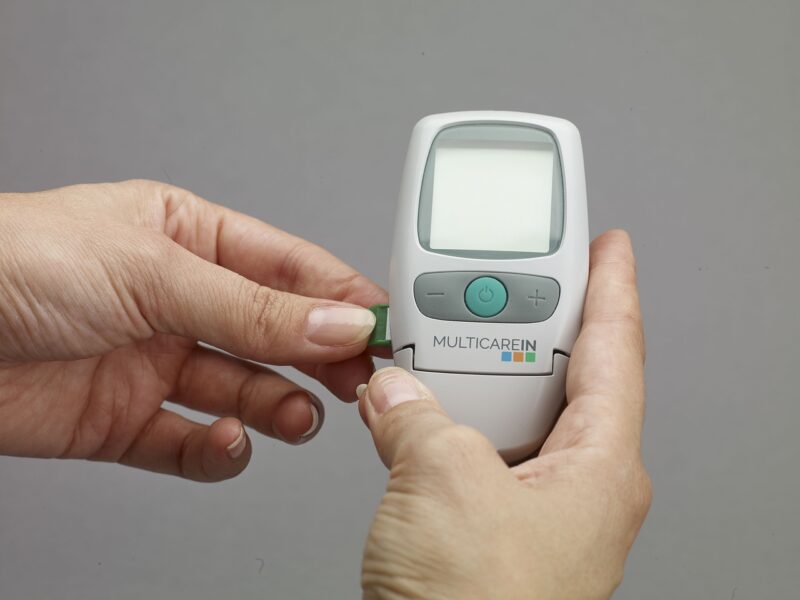10 Bizarre Medical Devices Used in the Early 1900s to Treat Mental Illness
November 15, 2024

The early 1900s marked a pivotal time in the understanding and treatment of mental illness. With mental health still largely shrouded in mystery, medical science employed a bewildering array of devices and treatments that often appear bizarre by today’s standards. In a quest for solutions, physicians frequently turned to innovative, yet sometimes gruesome, technologies, believing they could cure or alleviate mental health conditions. Let’s delve into ten of the most bizarre medical devices used in the early 1900s to treat mental illness.
1. The Tranquilizer Chair
At a glance, the Tranquilizer Chair looks like a piece of furniture straight out of a sci-fi movie. This device, designed to restrain patients, used leather straps to keep them immobile, providing what practitioners claimed was a calming embrace for those experiencing severe anxiety or agitation. The chair also featured a padded headrest and occasionally, a mask to cover the patient’s eyes. Unfortunately, while the intent was to calm manic individuals, many patients found the experience downright distressing.
2. The Cerebrospinal Fluid Meter
In an attempt to measure the elusive qualities of cerebrospinal fluid thought to influence mental health, doctors devised the Cerebrospinal Fluid Meter. The gadget, which resembled a laboratory apparatus, was used in various ways—including measuring pressure and flow. It aimed to provide insights into neurological conditions, although its connection to mental illness treatment often lacked scientific rigor.
3. The Electric Shock Machine
Electroconvulsive therapy (ECT) rose to notoriety for its controversial nature, but its origins can be traced back to this device, the Electric Shock Machine. Physicians believed that controlled electricity could reset or calm the overstimulated minds of patients suffering from schizophrenia and severe depression. Whatever the intent, the vast majority of patients would have found the experience frightening rather than soothing.
4. The Melancholia Chair
The Melancholia Chair aimed to treat individuals suffering from depression by literally forcing them into a slumped position reminiscent of depressive posture. While it might sound counterintuitive today, practitioners believed that the chair’s constraining design could provide a framework where patients could experience a cathartic release of grief and sorrow. Naturally, sitting for hours in such a chair likely led to increased discomfort rather than emotional healing.
5. The Hydrotherapy Tub
Water therapy was a common treatment for numerous maladies, including mental illness, during the era. The Hydrotherapy Tub, often large and cumbersome, submerged patients in varying temperatures of water for prolonged periods. Practitioners believed that the whirlpool’s motions and temperature changes could alleviate mental distress. However, many patients reported feelings of helplessness rather than tranquility.
6. The Lobotomy Tool Kit
Though the practice of lobotomy was more widely recognized post-World War II, the tool kit was conceptualized in the early 1900s. Through this horrendous procedure, practitioners believed they could alleviate severe mental illness by severing connections in the brain’s prefrontal cortex. The tool kit contained scalpel-like instruments designed to perform this irreversible operation, reflecting the era’s often cruel misunderstandings of mental health.
7. The Vibration Machine
To treat ailments thought to be caused by poor circulation, physicians employed the Vibration Machine. Patients would lie on a platform that vibrated vigorously, ostensibly to stimulate blood flow and alleviate mental distress. While today this could be seen as a relatively harmless massage tool, it was originally intended to address serious psychological conditions, leading to some patients feeling more stressed than relaxed.
8. The Reformation Chair
The Reformation Chair was yet another device used to immobilize patients, shaming them into compliance with their treatment. Equipped with metal restraints and limiting mobility, providers believed this would encourage patients to reflect on their behavior and “reform” their mental state. In theory, it aimed to foster self-awareness but often resulted in physical and psychological harm instead.
9. The Mental Hygiene Machine
This device looked like a belt with electrodes designed to stimulate the mind while the patient remained seated. It aimed to promote cognitive clarity by sending electric currents through the scalp. While it might sound appealing in contemporary contexts, the actual manifestations often included unexplained tremors and heightened anxiety rather than the intended effects of mental hygiene.
10. The Shock Collar
The Shock Collar, reminiscent of dog training collars, was employed to control severe behavior in patients, particularly those deemed violent or uncontrollable. Practitioners thought that delivering electric shocks would condition patients to associate certain actions with negative consequences. Unsurprisingly, the use of such devices was met with significant ethical criticism and raised questions about consent and humane treatment.
Conclusion
These bizarre medical devices illustrate the struggles faced by early 20th-century mental health practitioners, who grappled with understanding the complexities of the human mind. While technology has advanced and our understanding of mental health has deepened, it’s a stark reminder of how far we have come—and how critical it is to treat mental illness with compassion and respect in today’s world.
By examining the history of mental health treatment, we can continually strive for better practices and eliminate the stigmas associated with mental illness, fostering a society that values psychological well-being.








